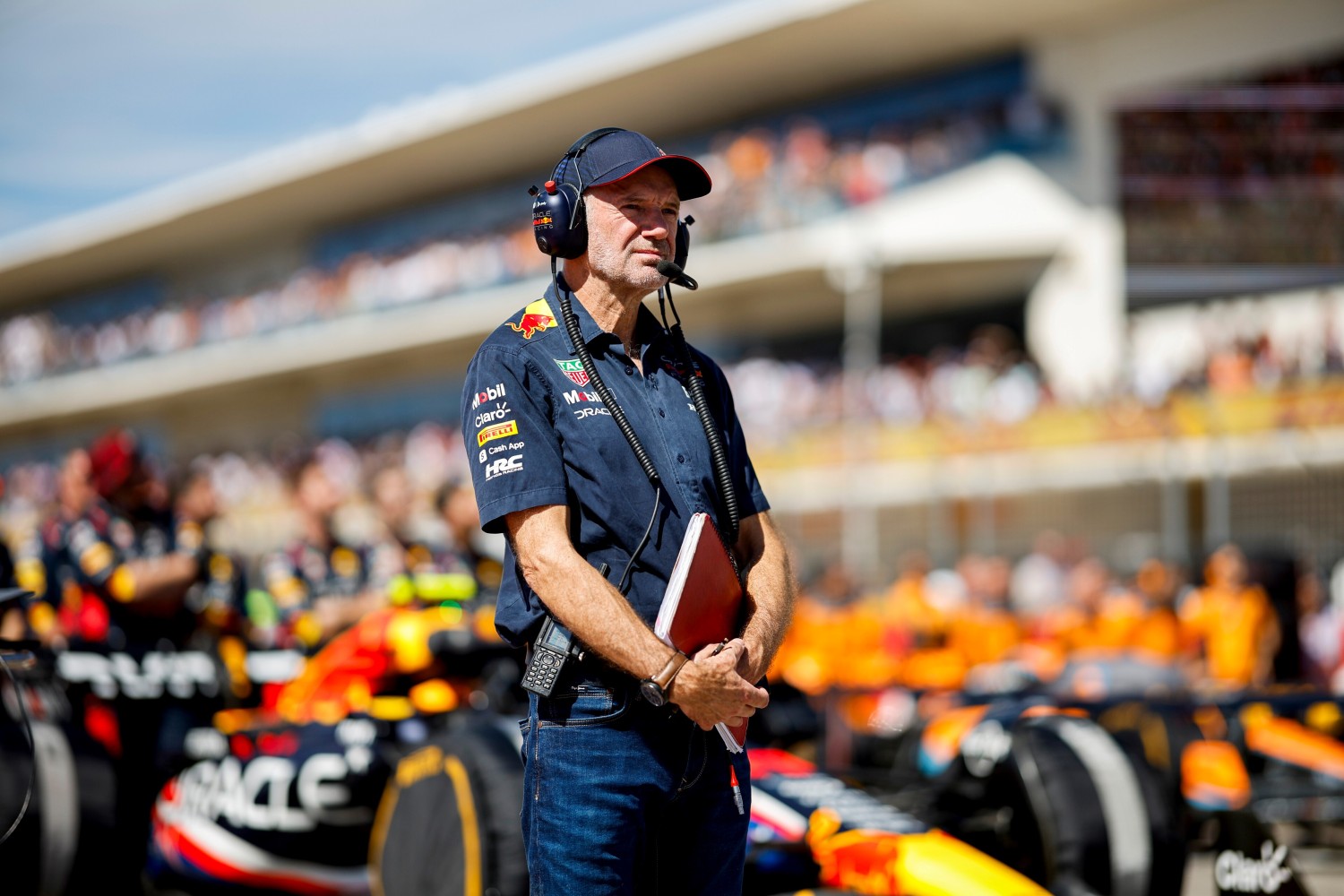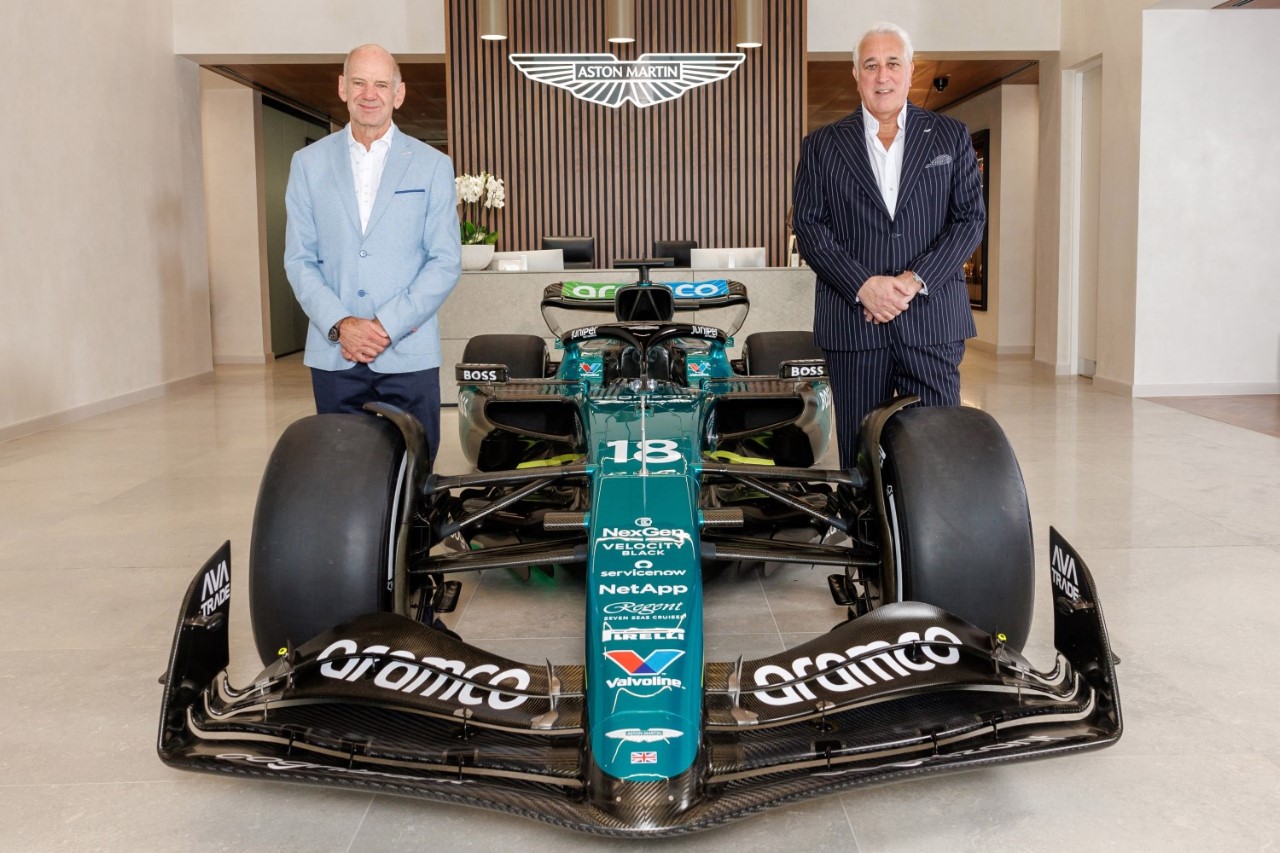Formula 1 News: 2026 F1 rules have room for innovation – Newey
In this interview, Aston Martin Racing managing technical partner Adrian Newey (pictured) says there is plenty of room for innovation in F1’s new-for-2026 ruleset.
Newey was lured away from Red Bull by Aston Martin Billionaire Lawrence Stroll, who is paying him a reported $30+ million.

“My thoughts on the ’26 regulations are similar to what my thoughts were about the big regulation change for 2022: initially thinking the regulations were so prescriptive that there wasn’t much left here [for a designer], but then you start to drill into the detail and realize there’s more flexibility for innovation and different approaches than first meets the eye,” Newey told the Aston Martin website.
“We saw that at the start of 2022 with teams taking really quite different directions. Four seasons on they’ve largely converged, but initially that wasn’t the case. Variation between teams is great. It’s all a bit boring if the cars look identical and the only way you can tell them apart is the livery.
“I think there’s a high probability that in ’26 we’ll see something similar to ’22. There’s enough flexibility in the regulations, and I’m sure people will come up with different solutions. Some of those will be dropped over the first two or three years as teams start to converge.”
There is a good chance the 2026 rules will ruin the racing
Newey said introducing sweeping rule changes across both the chassis and power unit at the same time was “slightly scary”, with the big unknown factor being just how much 2025’s tightest ever starting grid will be blown wide open again.
“For the first time I can remember, we’ve got both the chassis regulations and power unit regulations changing at the same time. This is… interesting… and slightly scary,” he said.
“Both the new aerodynamic rules and the PU regulations present opportunities. I would expect to see a range of aero solutions and there could be variation in PU performance across the grid to begin with – which is what happened when the hybrid regulations first came in, in 2014.”
“I’ve got a lot of trust in Honda and a huge amount of respect for them, having worked with them before,” he added. “They took a year out of F1 and so, to some extent, they’re playing catch-up, but they’re a great group of engineers and very much an engineering-led company.”
